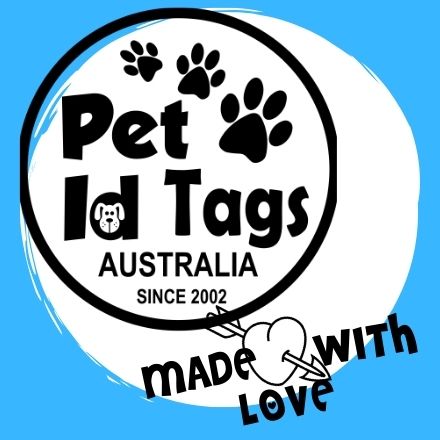Pug

Origin
Originally bred in China, over a thousand years ago, the Pug was brought to Europe by the Dutch East India Company. In Europe they became the dog of aristocrats and royalty holding high status amongst dog breeds. The pug became the official dog of the House of Orange, Holland, as recognition for saving the life of William, Prince of Orange, in 1572. The Pug was also reportedly a favourite in France during Napoleonic times. Napoleon's wife Josephine apparently had great affection for the breed and it is alleged her dog, Fortune, bit Napoleon as he climbed into bed on the couple's wedding night. Pugs are one of the earliest pure breeds of dog kept in Australia. Although it is uncertain as to when they arrived in this country, there are records from the Agricultural Society of NSW listing two pugs exhibited in 1870.

Description
The Pug has been described as "a lot of dog in a small space". It looks like a miniature mastiff with a compact, square, cobby body, large bone structure and thick, wrinkly skin. The head of the Pug is short, blunt and large compared to the rest of the body. For many people the two most engaging characteristics of a pug are its face and tightly curled tail. Large dark eyes protrude prominently from the wrinkled squashed face and give the dog an animated expression. The tail is curled as tightly as possible over the hip, with a double curl being considered perfection. The coat is dense, soft, short and glossy.
| Size | Small |
| Colour | The short coat is soft, fine and smooth. Coat colors come in apricot, fawn, black and silver |
| Coat Length | Short |
| Weight/Height Range | On average dogs stand at 30 - 36cms at the withers and weigh 6 - 9kgs, bitches average at height is 25 - 30 cms from the withers and weigh 6-8kgs. |
| Ailments | Pugs are prone to Pug Dog Encephalitis (PDE), an inflammation of the brain that strikes adolescent Pugs usually between the ages of 2 and 3. The cause is unknown.Pugs catch colds easily and are stressed by hot and cold weather. They are prone to allergies and the short muzzle contributes to chronic breathing problems, tending to wheeze and snore. (Pugs suffer from poor ventilation.) Prone to skin problems. Some Pugs are also prone to keratites (inflammation of the cornea) and ulcers on the cornea. Eyes are prone to weeping. |
Feeding & Ownership
Pugs are prone to Pug Dog Encephalitis (PDE), an inflammation of the brain that strikes adolescent Pugs usually between the ages of 2 and 3. The cause is unknown.Pugs catch colds easily and are stressed by hot and cold weather. They are prone to allergies and the short muzzle contributes to chronic breathing problems, tending to wheeze and snore. (Pugs suffer from poor ventilation.) Prone to skin problems. Some Pugs are also prone to keratites (inflammation of the cornea) and ulcers on the cornea. Eyes are prone to weeping.
| Food Cost | $5 to $10 |
| Other Expenses | Veterinary expenses could be high as they are susceptible to breathing, eye, mouth and general health problems. |
Personality
The Pug is keen, with a happy-go-lucky attitude. Animated, peppy and spirited, they are loyal, loving and affectionate with their families. Playful, lively and rambunctious, they are sure to keep you laughing. Pugs get along well with other dogs and pets, and they behave impeccably with both children and visitors. It is relatively inactive indoors and will do okay without a yard. Cannot withstand hot or cold weather and should be kept indoors at a comfortable temperature.
| Intelligence | They are a very intelligent and trainable dog, they do require regular and consistent training. Pugs are sensitive to the tone of your voice, so harsh punishment is unnecessary. |
| Energy | Medium |
| Suitability for Children | High |
| Tendency to Bark | Low |
| Overall Exercise Requirement | Pugs are strong dogs with short straight legs. They need to be taken on daily walks. They enjoy energetic games and will keep in better health if given regular exercise. But be careful not to over do it, especially if you see them start to wheeze. |
| Suitability as a Guard Dog | Low |
| Ease of Transportation | Medium |
| Level of Aggression | Low |
| Other Animal Compatibility | High |
Grooming
The smooth, short-haired coat is easy to groom. Brush and comb with a firm bristle brush and shampoo only when necessary. Dry thoroughly after a bath so the dog does not get chilled. The creases on the face must be cleaned regularly.
| Grooming Requirements | Once a week |
| Amount of Hair Shed | Heavy |

 MAKE SURE YOUR PET IS EASILY IDENTIFIED
MAKE SURE YOUR PET IS EASILY IDENTIFIED 